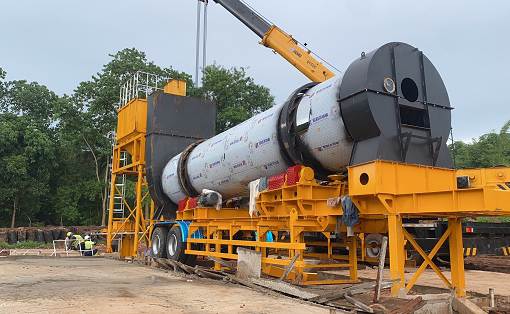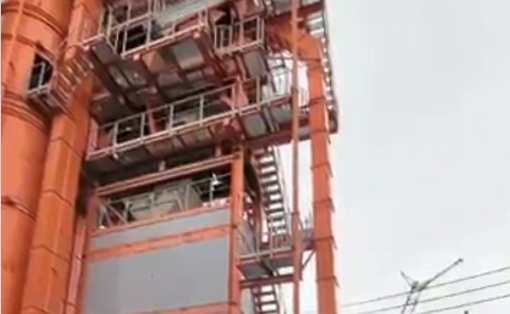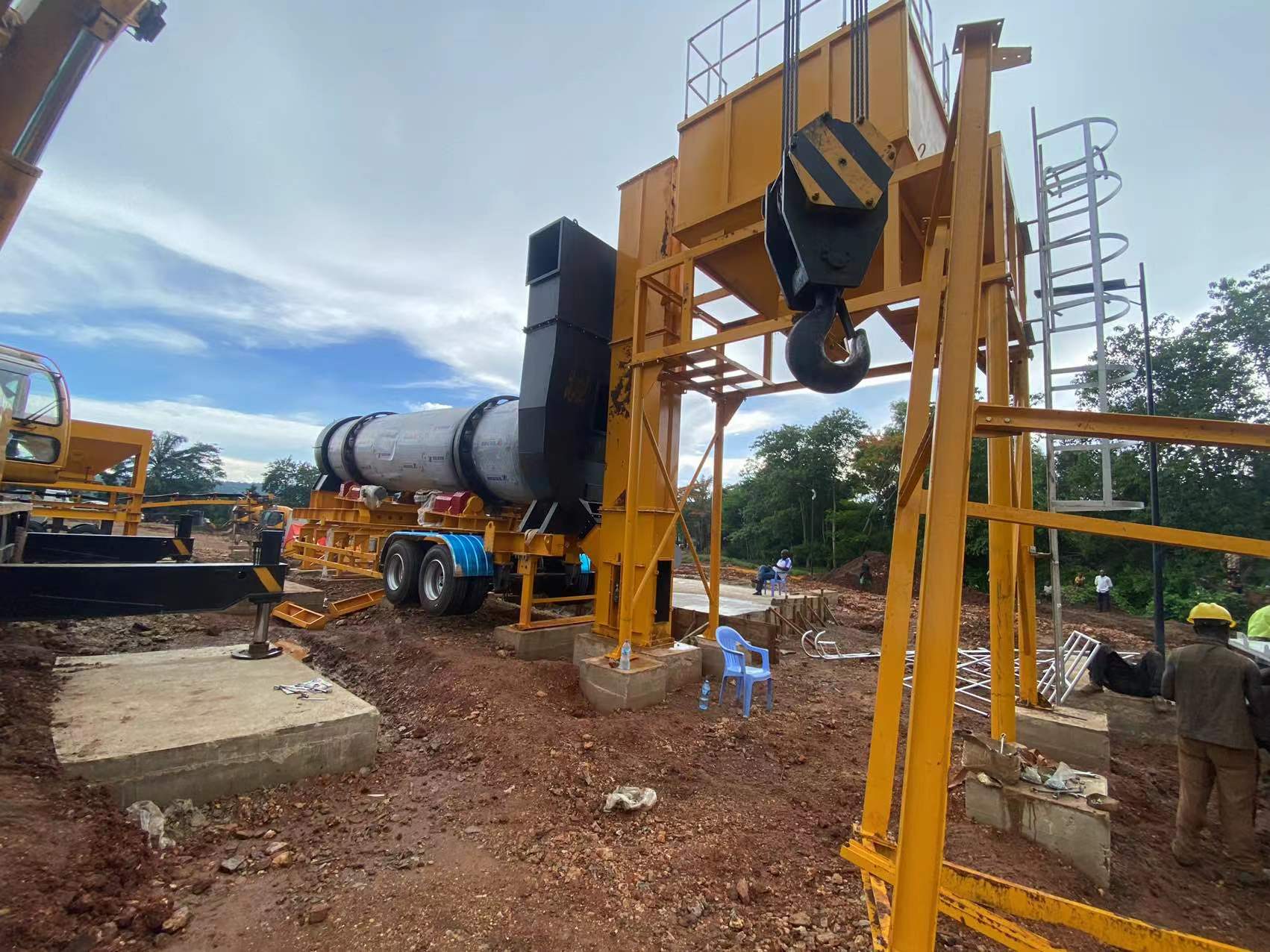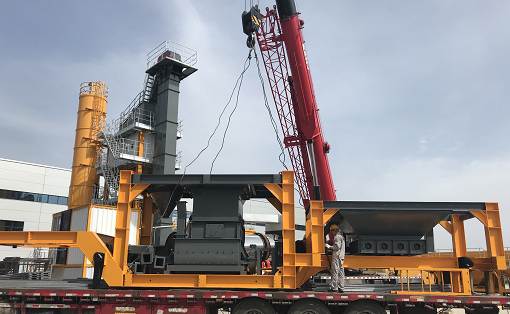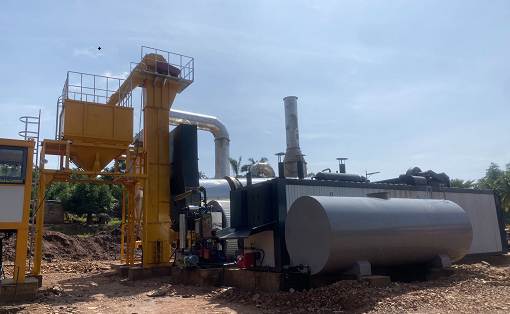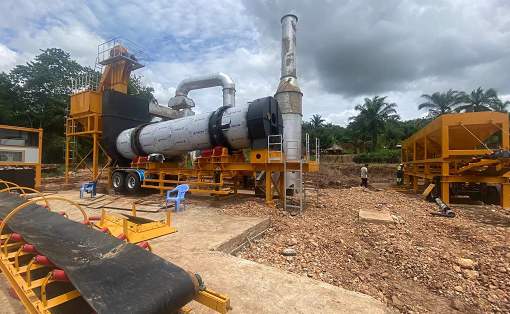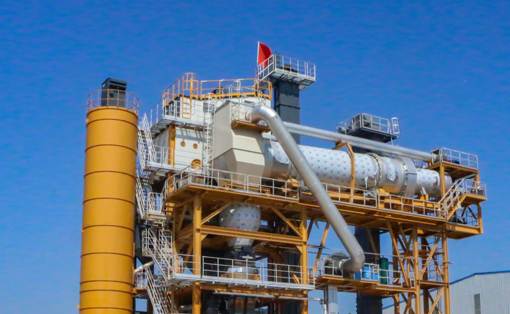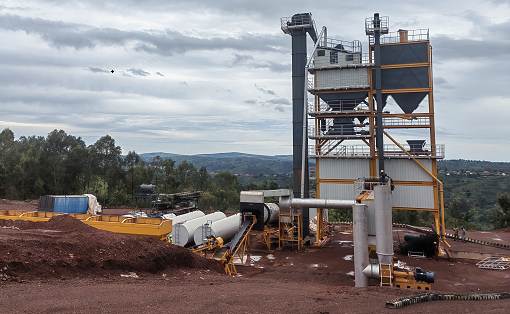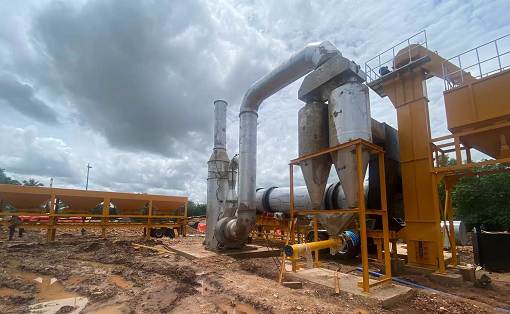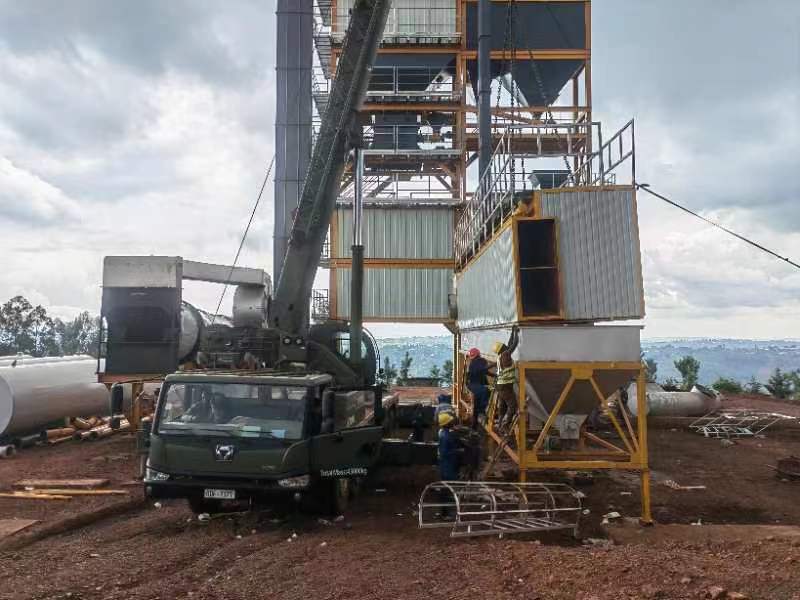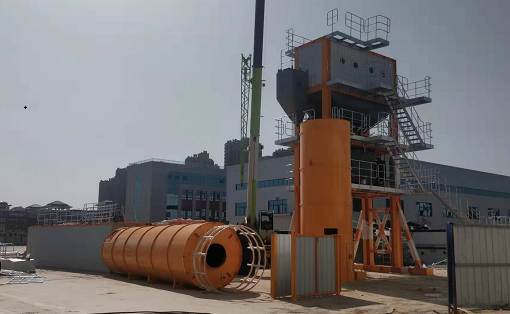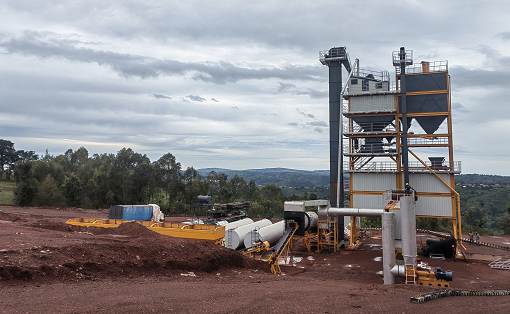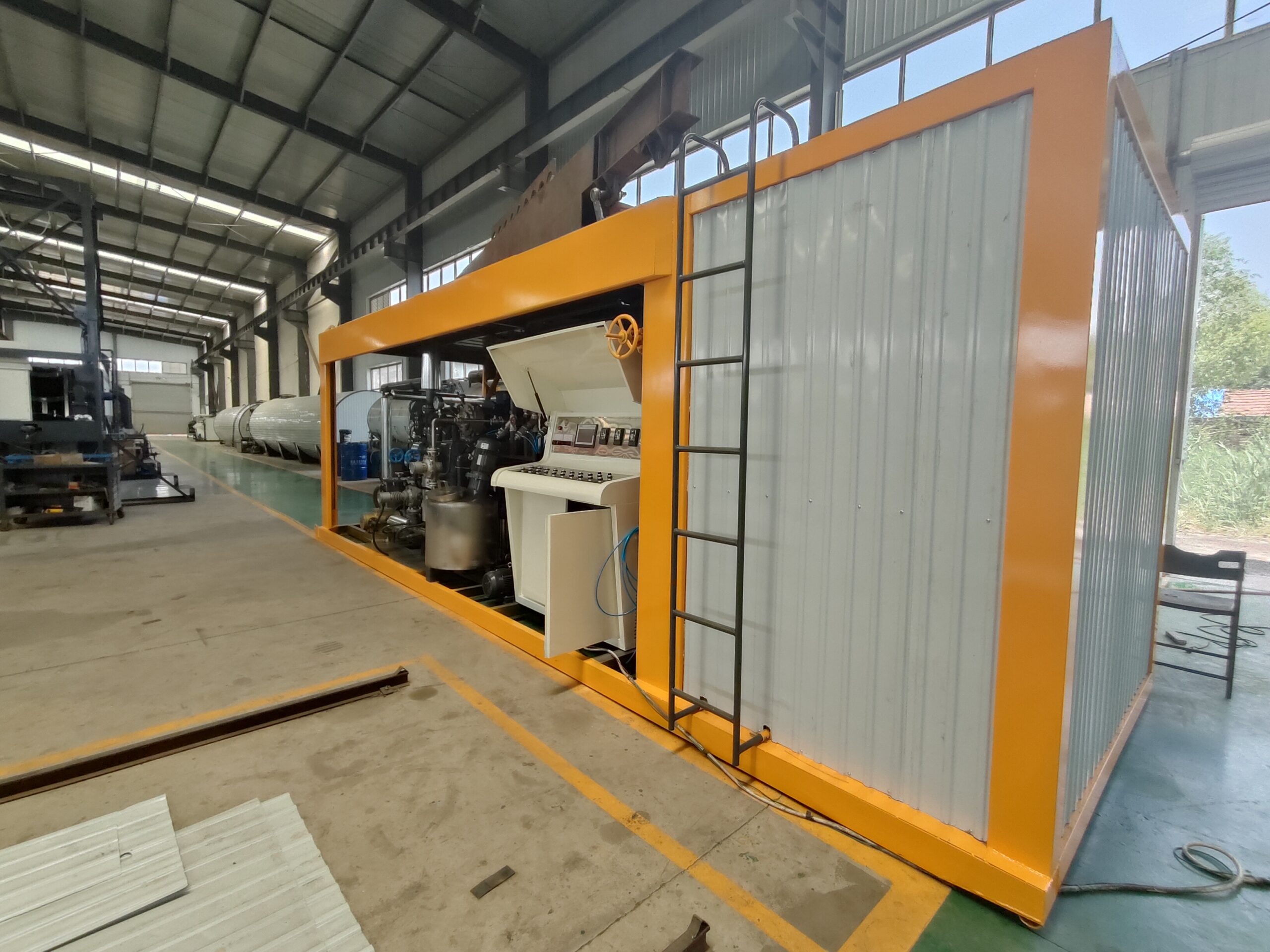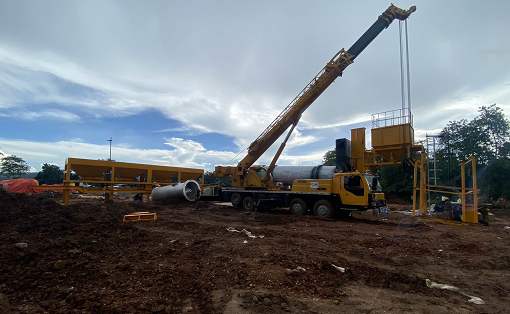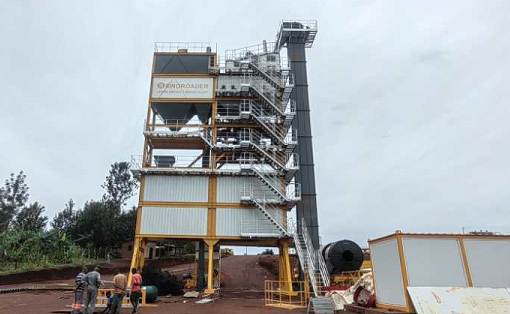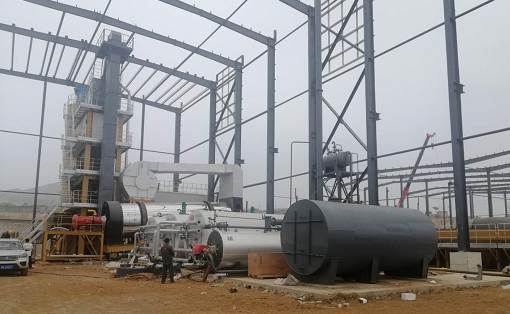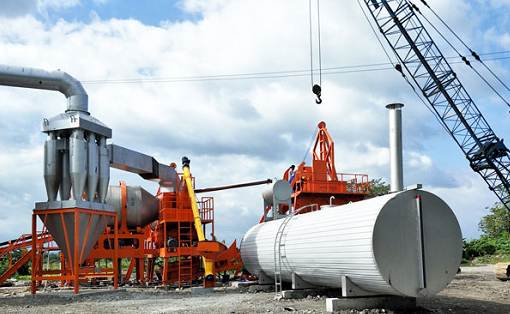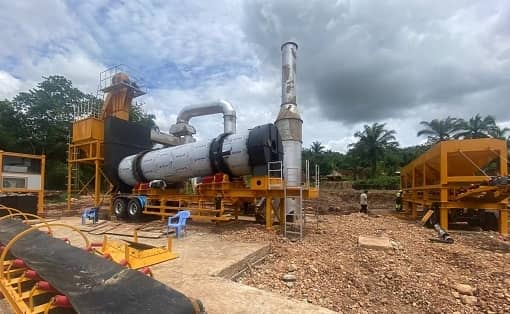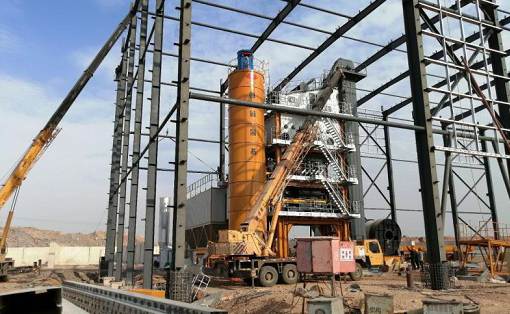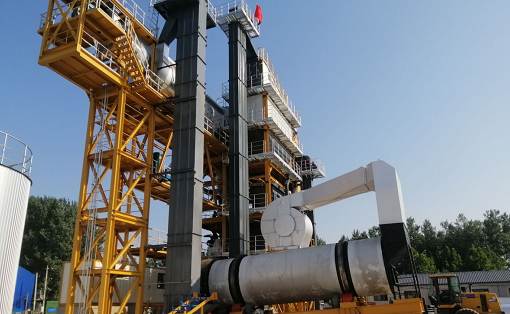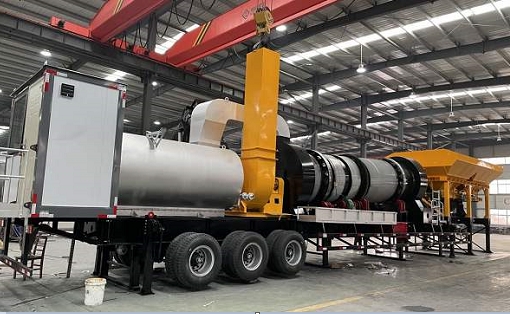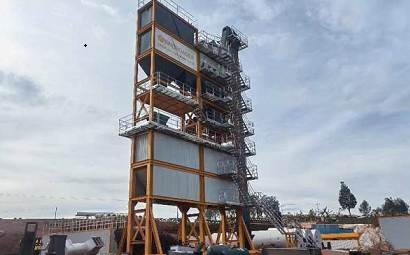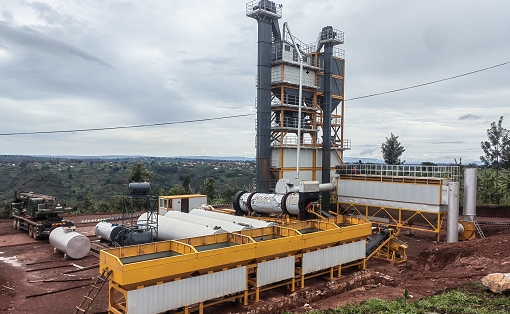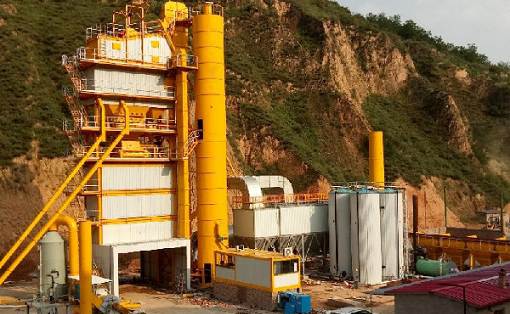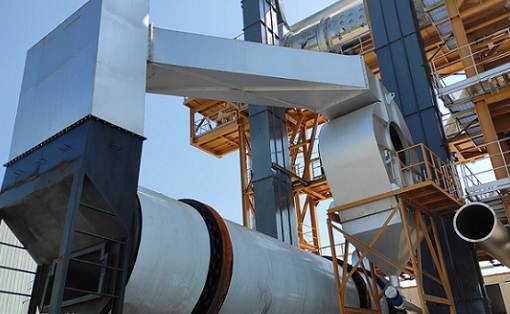Description and cause analysis of common problems in asphalt mixing plants
The quality of the asphalt mixing plant will be a key factor affecting the quality of the project. After reviewing relevant materials related to the production and construction of asphalt concrete, we summarized some cases of failures in asphalt concrete mixing stations during construction and analyzed the reasons.
1. Unstable output and low production efficiency of asphalt mixing plants
(1) Improper proportioning. The mix ratio of asphalt concrete is divided into target mix ratio and production mix ratio. Among them, the target mix ratio controls the cold material transportation ratio of sand and gravel materials, and the production mix ratio is the mixing ratio of various types of sand and stone materials in the finished asphalt concrete materials specified in the design. The production mix ratio is determined by the laboratory, which directly determines the off-site grading standard of the finished asphalt concrete. The target mix ratio is set to further ensure the production mix ratio, and can be adjusted appropriately during production according to the actual situation. When the target mix ratio or the production mix ratio is not appropriate, the stones stored in each measurement of the asphalt mixing station will be disproportionate, with some overflowing and some other materials, unable to be weighed in time, and the mixing cylinder will be idling, resulting in reduced output.
The quality of the asphalt mixing plant will be a key factor affecting the quality of the project. After reviewing relevant materials related to the production and construction of asphalt concrete, we summarized some cases of failures in asphalt concrete mixing stations during construction and analyzed the reasons.
1. Unstable output and low production efficiency of asphalt mixing plants
(1) Improper proportioning. The mix ratio of asphalt concrete is divided into target mix ratio and production mix ratio. Among them, the target mix ratio controls the cold material transportation ratio of sand and gravel materials, and the production mix ratio is the mixing ratio of various types of sand and stone materials in the finished asphalt concrete materials specified in the design. The production mix ratio is determined by the laboratory, which directly determines the off-site grading standard of the finished asphalt concrete. The target mix ratio is set to further ensure the production mix ratio, and can be adjusted appropriately during production according to the actual situation. When the target mix ratio or the production mix ratio is not appropriate, the stones stored in each measurement of the asphalt mixing station will be disproportionate, with some overflowing and some other materials, unable to be weighed in time, and the mixing cylinder will be idling, resulting in reduced output.
(2) Material gradation is unqualified. If the feed material is not within the appropriate range, it will not only produce a large amount of “waste” during production, but also affect the output. The production capacity of the drying barrel of the asphalt mixing station matches the equipment model accordingly. When the water content in the sand and stone is too high, the drying capacity decreases, and the amount of sand and stone provided to the metering bin to reach the set temperature per unit time is reduced, thus Reduced production.
2. The discharging temperature of asphalt concrete is unstable
If the temperature is too high or too low, it will affect production, resulting in poor quality or a large amount of “waste” produced on site. This requires that during the production process of asphalt mixing stations, relevant personnel must observe carefully, measure frequently, and have a high sense of quality responsibility.
3. It is dusty and pollutes the construction environment.
During construction, the site of some asphalt mixing stations is smoky, which not only harms the health of workers, but also pollutes the environment. The main reasons are: the amount of mud and dust in sand and stone is too large and seriously exceeds the standard; 2. Dust removal system failure.

